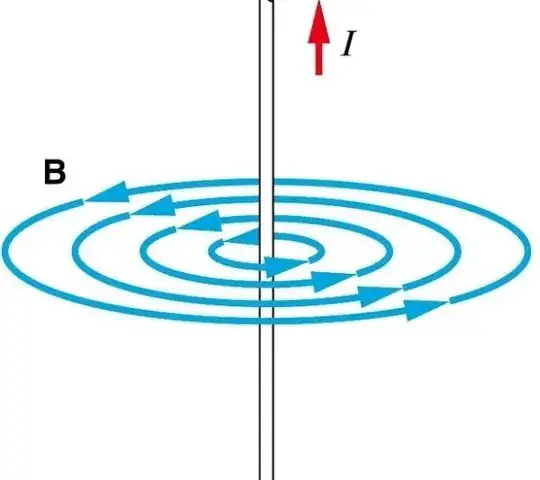First, consider a simple dipole antenna. In its immediate vicinity it produces an electric field from end to end, and magnetic fields in circles around its axis. These fields are pretty close to perpendicular to each other. If you see it differently, please clarify by editing your question post.
Second, remember that antennas produce both near-field and far-field patterns. The near field component is basically whatever fields you might expect from the geometry of the antenna and the signal driving it. Near field components don't radiate, they're found only near the antenna. The far field is the component that actually matches with what a radiating wave must be and carries energy away from the antenna location.
The point is, not all the field produced by the antenna actually is a radiating wave --- some of it is near-field fields that don't propagate away from the antenna.
Since the electric current only produce Magnetic field around it alone and how electric part included in it
If we're talking about a dipole, the oscillating currents also move charge around. Sometimes they put more negative charge at one end of the antenna and positive charge at the other, and sometimes vice versa. This separation of charges produces electric field between the ends of the antenna.
If we're talking about a loop antenna, then we do, as you suggest, typically analyze it as being a current driven antenna. It produces a magnetic field through the loop. But remember from Maxwell (or rather, from Faraday) that changing magnetic fields produce electric fields. So even if the current in the antenna only produces a magnetic field, that magnetic field itself (as it oscillates) can produce an electric field.
